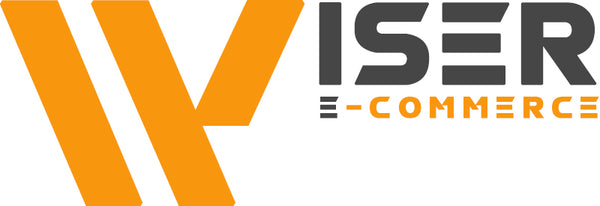
The Power of Shopify Tags: Organising Your Online Store for Success
When it comes to web design and web development, one of the biggest challenges for online retailers is keeping their store organised and easy to navigate. That’s where Shopify tags come in. If you’re running a bespoke Shopify website, understanding how to use tags effectively can improve customer experience, enhance search functionality, and streamline store management.
What Are Shopify Tags?
Tags in Shopify are simple labels that help categorise and filter products, blog posts, orders, and even customers. They are not visible to shoppers directly but work behind the scenes to power search results and collections. Think of them as the secret ingredient to making your Shopify store more user-friendly and efficient.
How Shopify Tags Are Used
1. Product Organisation & Filtering
Tags allow you to group products based on shared characteristics. For example, an online clothing store could use tags like:
- Seasonal: Summer, Winter, Autumn
- Material: Cotton, Leather, Wool
- Occasion: Casual, Formal, Workwear
With tags, customers can easily filter products, leading to a smoother shopping experience. This is especially useful when working with a bespoke Shopify website, as advanced filtering options can be designed for specific business needs.
2. Collection Automation
Instead of manually adding products to collections, you can use automated collections based on tags. For example, a retailer selling handmade candles might create a collection where all products tagged with “soy wax” automatically appear.
3. Customer Segmentation
Shopify tags can be applied to customer accounts, allowing businesses to segment customers based on purchasing behaviour. This is great for targeted email campaigns and personalised promotions.
4. Order Management
Tags help businesses streamline order fulfilment. For example, orders could be tagged as "Urgent", "VIP Customer", or "International Shipping" to ensure the right teams handle them efficiently.
5. Blog Post Categorisation
Just like products, Shopify tags can be used on blog posts to help organise content. This is useful for businesses using content marketing as part of their eCommerce SEO strategy.
Why Tags Matter for Shopify Web Development
At Wiser E-Commerce, we specialise in Shopify web design, development, and optimisation, ensuring your site is not just visually appealing but also highly functional. When building a bespoke Shopify website, we ensure that tags are implemented in a way that enhances user experience and boosts conversions.
Some of the ways we use tags in our custom Shopify development include:
- Implementing advanced filtering systems for easier product discovery.
- Creating automated collections that update dynamically.
- Enhancing SEO by using keyword-rich tags in blog posts and product pages.
Get Smarter with Your Shopify Store
If your Shopify store feels cluttered, hard to navigate, or lacking in organisation, it might be time to rethink your tagging strategy. At Wiser E-Commerce, we help businesses build, optimise, and manage their Shopify stores with smart solutions tailored to their needs.
Looking for expert web development, bespoke website design, or help optimising your Shopify store? Get in touch with us today, and let’s take your eCommerce business to the next level!
